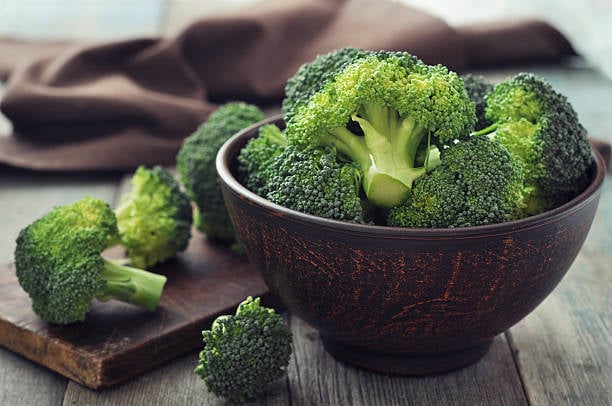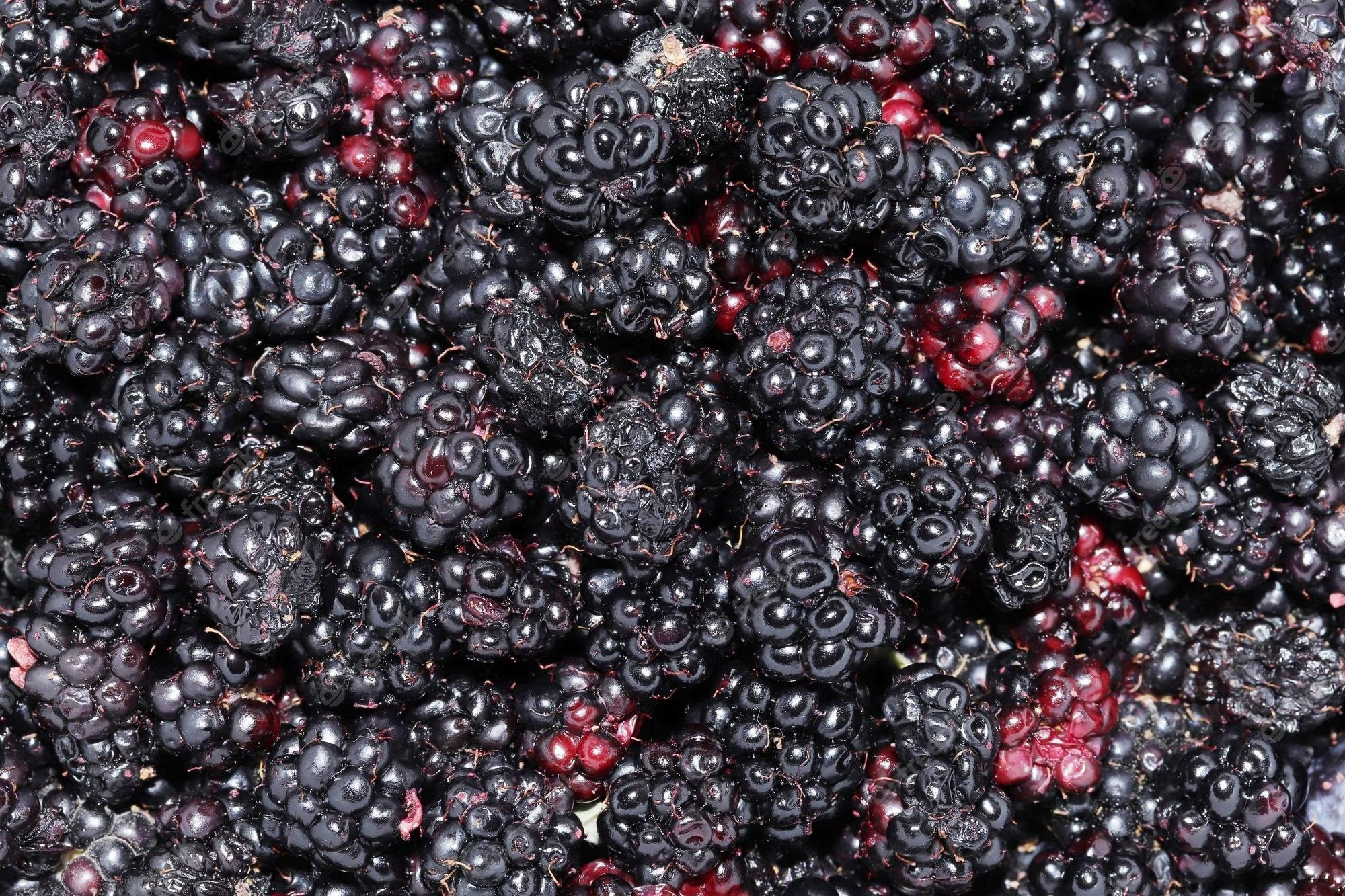How and When to Harvest Kale to Increase Its Productivity

Table of Contents
Kale which belongs to Brassica Oleracea, is a leafy vegetable originating from Eastern Mediterranean. They are usually grown as a vegetable, but in some parts, people grow them as decorative plants. They have broad leaves of green, blue and purple leaves.
Like other Cabbage crops, they don’t have a head. Kale is an annual crop but is usually harvested till late November as it can’t survive cold temperatures. However, they are a great source of nutrition and a full package for families.
Although people like eating them fresh, their storage is also easy, thus, making them an easy vegetable. If you are growing Kale in the UK for the first time, you need to know the right time to develop it. Sow their seed in early spring and enjoy them till November.
You need seeds, space(even use large trays) and loamy soil with proper sunlight with sufficient water for their proper growth. But, when people harvest these crops, they mistakenly cut off the roots.
Tips to Harvest Growing Kale in the UK
1. Right Time to Harvest
Kale is grown in loamy soil using seeds; they don’t require much space and are therefore grown in large tanks. After sowing, they take 55-60 days to germinate and mature into green leaves. You have to wait for the right time to harvest the leaves. Proper nutrition and sunlight are secondary factors that you need to supervise for better crop growth.
The duration of plucking the leaves is early in the morning, before sunrise. It is because the plant would have completed its light and dark photosynthesis. This increases the nutritional value and helps maintain the plant’s health.
The best time to harvest the leaves is when they grow up to 12cm or equal to your palm. Ensure your leaves are green and big then; harvesting leaves before that can decrease their productivity.
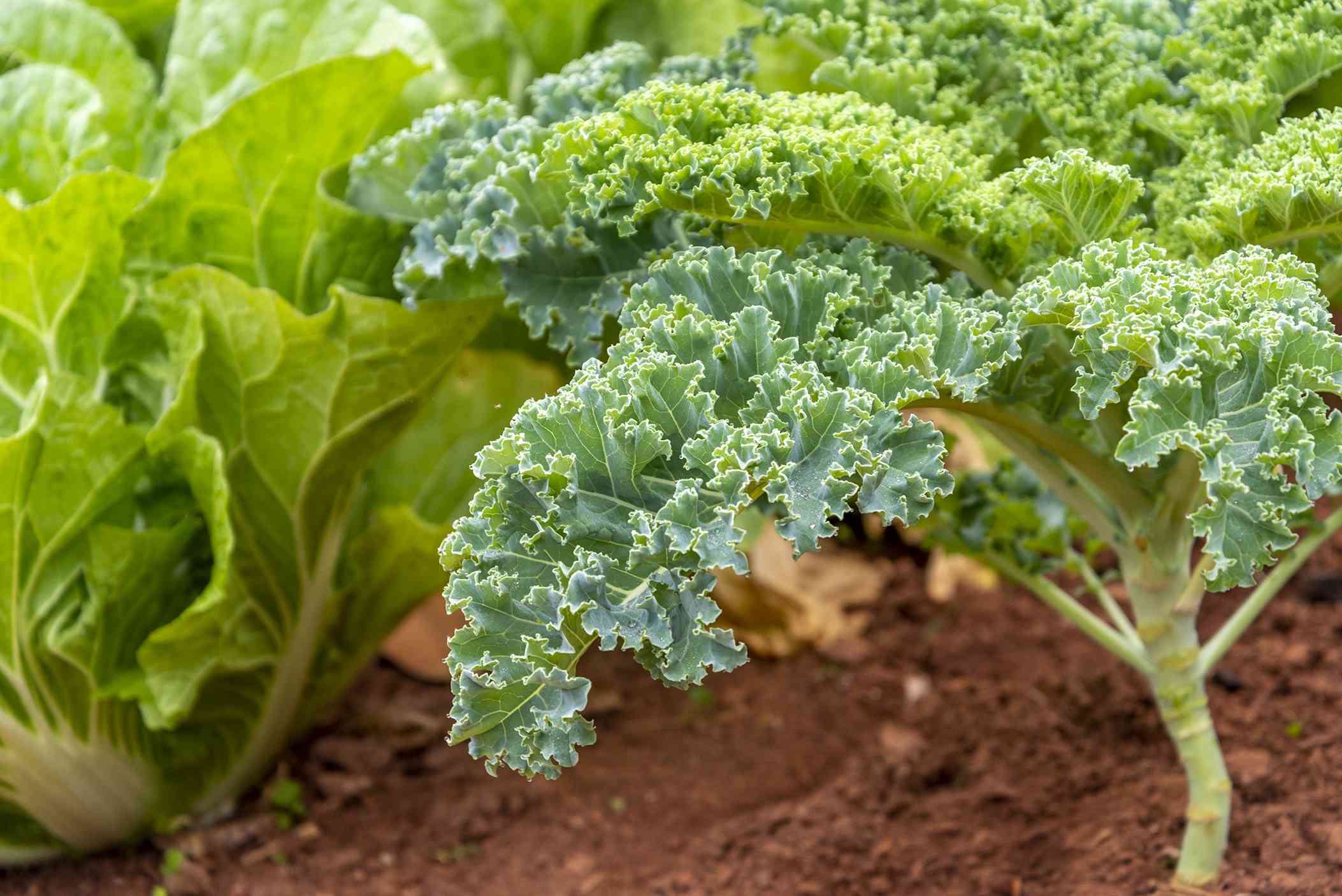
2. Cut the Leaves, Not the Root
When your leaves have grown to full size, make sure to harvest the leaves. Cutting down leaves from the Kale plant is beneficial, and the plant takes it as a signal and produces more leave. Take an average of four to five leaves per plant. Whereas, during harvest, many people cut off the roots and thus, destroying the whole plant. Remember that you don’t cut the origins of the plant.
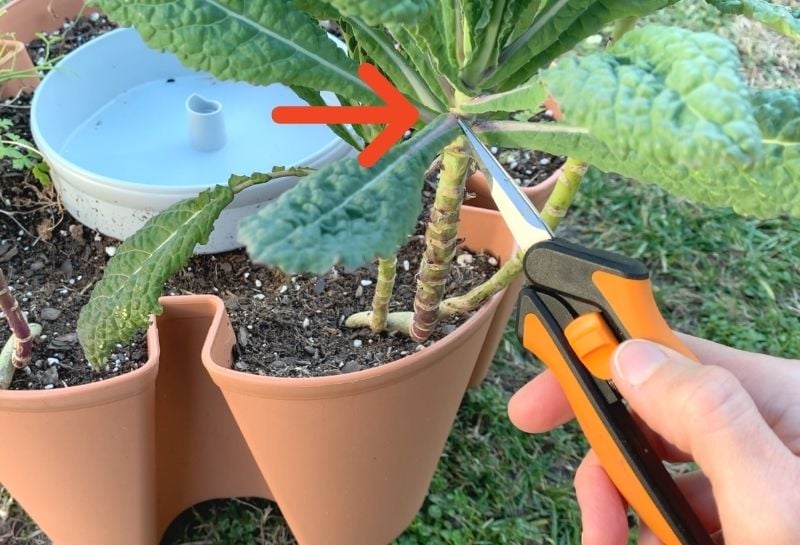
3. Harvest the Base Leaves
While harvesting, there is one more thing you should consider: choose the base leaves. Base leaves should be plucked first because they don’t get much sunlight and turn yellow early. Thus, harvesting the base leaves gives you more yield.

4. Harvest Microgreens
Microgreens are small kale leaves that are tender and juicy compared to the mature leaves. Remember, pluck only a few leaves because it impacts the plant’s growth. While harvesting them, make sure that you don’t damage the terminal buds.

5. Drape Your Plants
In winter, drape your plants with a hoop house or row cover. If you don’t have them, you can use a cloth to drape your plants.
The best part of winter is that you can store your kale leaves right in the garden. They need a cold temperature for holding which is available in winter right in your garden and enriching the taste of your Kale leaves.
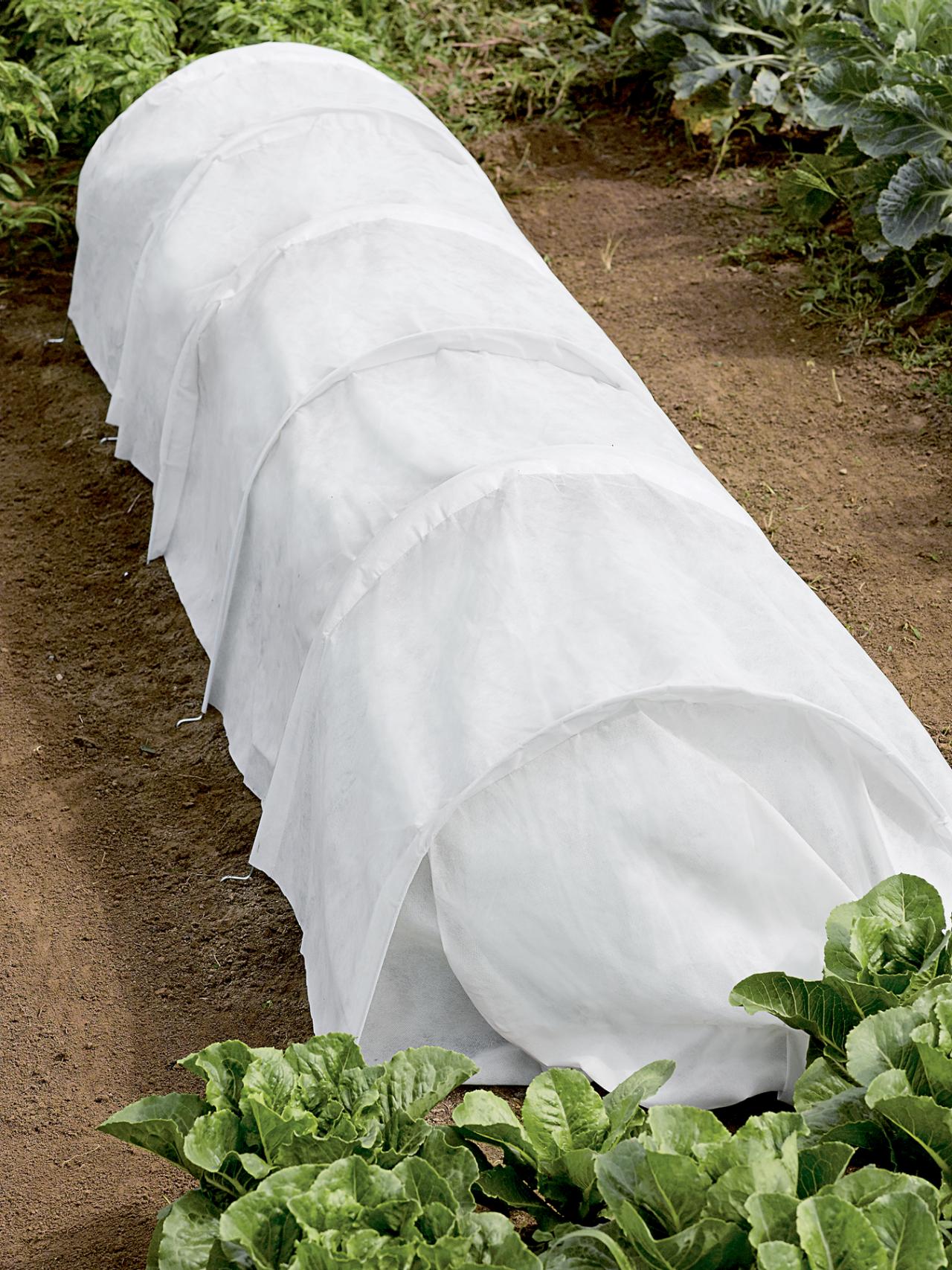
6. Know Your Need
Make sure while harvesting the leaves that excess can lead to crop spoilage. Fresh Kale is the best benefit if you are growing Kale in the UK. The bigger and greener leaves need harvesting first. You must wait a week before harvesting the other leaves from the Kale.

7. Throw the Spoiled Leaves
When you are harvesting the growing Kale in your garden. Then you have to throw the spoiled and rotten leaves from the plant. The benefit of removing the spoiled leaves also increases the growth of other leaves present on the plant.
The yellow and spotted leaves are the spoiled ones. These leaves, in reality, consume the nutrition of your green leaves and thus hinder their growth.
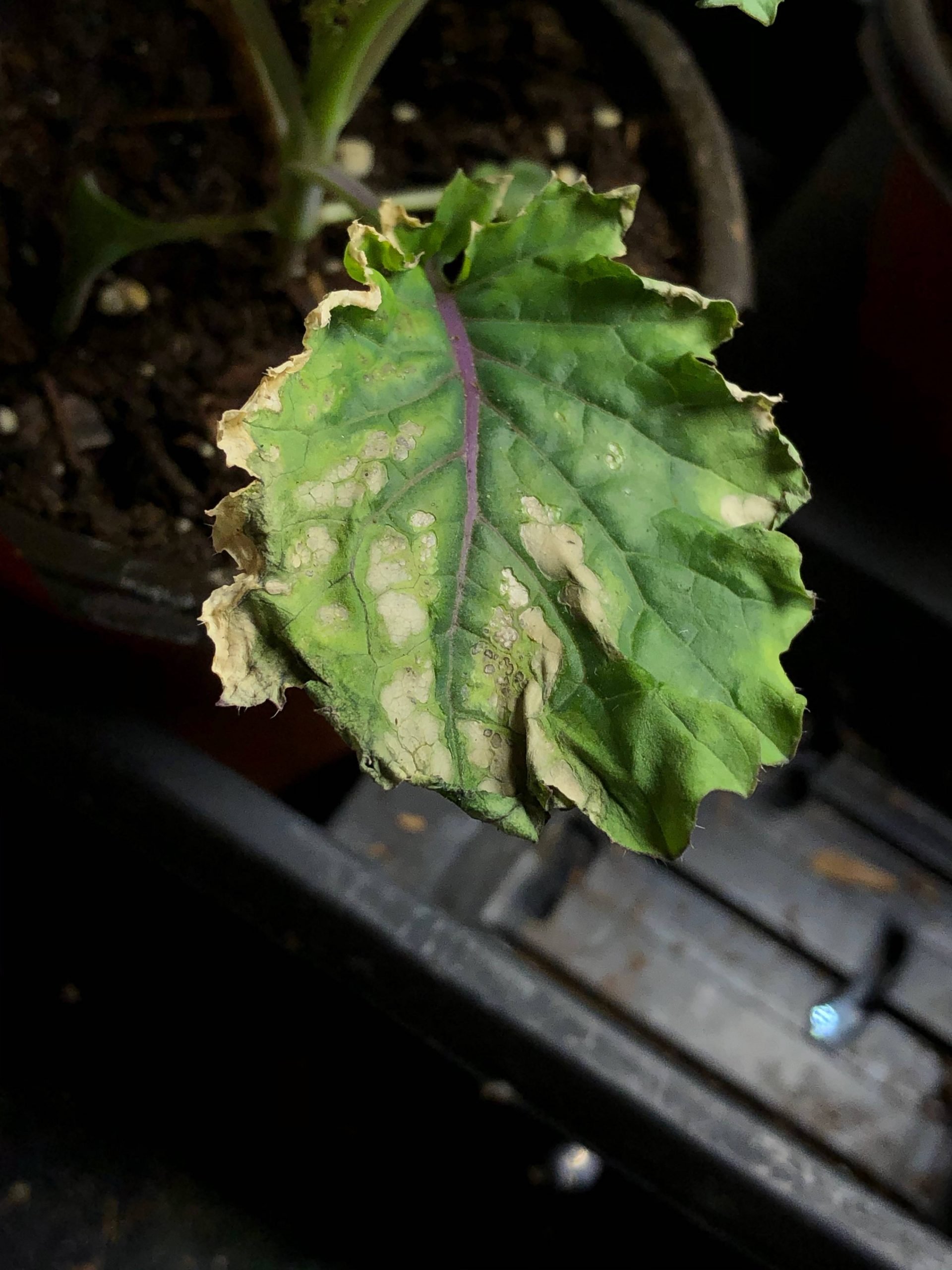
8. Don’t Pluck the Central Bud
There is a bud at the top of the plant, which is the sensitive point of the plant. If you damage the central bud, then it may damage your plant’s productivity.
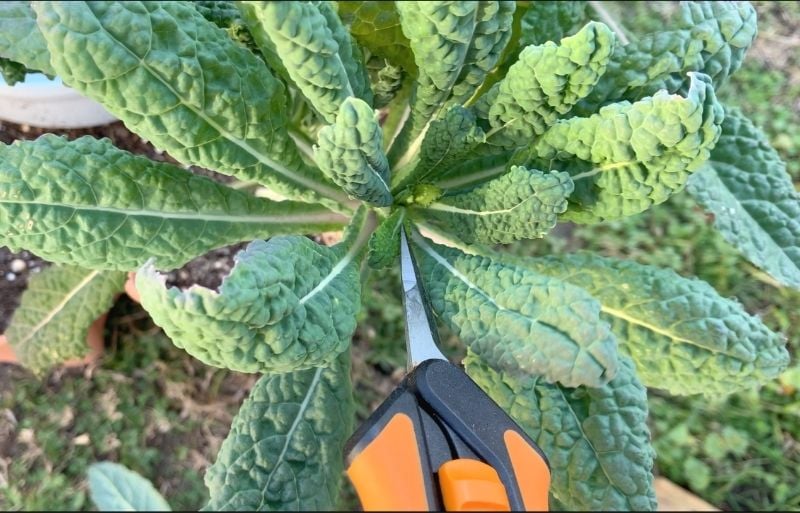
9. Secure the Terminal, Bud
Terminal buds are the new leaves of your plant. While harvesting, the small bud is often not visible, and we damage them. But, they are your future asset which needs supervision and security.

10. Wait for The Frost
It is said that harvesting the growing Kale in the UK after frost will become sweeter and tastier compared to the spring harvest.
Frost is a gift from nature; the plant mechanism gets activated, increasing the antioxidant activities and, consequently, increasing phenolic in plants. This mechanism makes the leaves more sweet and juicy.
This also helps better yield later because it activates the biosynthesis within leaves resulting in good results.

11. Storage
Kale grows in bulk, and you won’t be able to finish the whole Kale. So, their storage is mandatory; they are following steps to store them correctly.
- Wash the leaves with cold or lukewarm water and remove the debris from the leave.
- While storing, don’t remove the stem; when you plan to eat Kale leaves, remove their stem at that time.
- Moisture on leaves can ruin them, so dry them using a paper towel.
- You can use zip-lock or plastic bags to store the Kale leaves, but wrap them in a paper towel.
- Make the plastic bag a vacuum by sequencing the plastic bag.
- Now, keep them refrigerated and enjoy them within two weeks.

Tips to Maintain the Growing Kale in the UK
One should focus on these factors to harvest kale leaves for a longer period. In addition, there are many pests and conditions which help maintain the longevity of crops.
1. Aphids
If we talk about pests, the most harmful pain is Aphids. They have a sucking mouth part which sucks the nutrition from the leaves. This leads to a spot; they also secrete honeydew, promoting the growth of fungus. Therefore, making plants prone to fungal infection.
To prevent Aphids, use the spray; if they are very few, they can be removed using a hand. Ladybug, the natural predator of aphids, is also used to remove them.
- ALL-IN-ONE KIT: Supplied with two complete traps – refill sticky traps available
- INDOORS & OUT: For bird-safe insect control in greenhouses and conservatories, as well as out in the...
- EFFECTIVE: Aureola sticky yellow trap attracts and kills greenfly, whitefly, aphids, and other...
2. Cabbage Worm
Cabbage worm is the premature form of white butterflies. They will eat up the leaves and damage the crops if not supervised properly. You can detect the big round bite marks on the kale leaves.
One method to prevent them is the physical method. First, remove every pest with hand sand and collect them in a container with soap and water. Otherwise, spray bacterial insecticides to remove them, but wash the leaves before eating.
- LEAF DISEASES: Controls all major leaf diseases of roses and ornamental plants, such as blackspot,...
- EFFECTIVE FORMULA: Fast acting contact and systemic formula ensures it gets working quickly, whilst...
- SUITABLE FOR: Suitable for use on houseplants, ornamental garden plants, and select edibles
3. Sunlight
Kale is not like other cabbage families, which grow in broad sunlight. They can even survive in less sunlight. Thus, making them perfect as an indoor crop. Then also, for better biosynthesis, keep or grow them in an area with moderate sunlight available.
4. Pruning
Kale leaves should be harvested at least once a week. While growing Kale in the UK, it is not mandatory to prune the Kale. But, if you see that your stem is growing taller and have scars from where you have harvested leaves. Then, pruning could be the better option. By pruning the shoot, they will become shorter and increases the nutrition.
5. Flowers on Kale
Usually, people think that flowers on Kale are the end of the crop But, this is a myth; after the flower’s appearance, leaves taste bitter, whereas flowers are sweet and are eaten. If frosts are recent, then these flowers and even leaves taste lovely. So, this season doesn’t forget to try these flowers.
Conclusion
You might have got better knowledge about growing Kale in the UK. This season finds the right seed and grows them in the available area. Make sure to harvest the leaves every week. Spotting the pests is mandatory as they can ruin your crop and store the leaves in a vacuum environment. Don’t forget to consume them within two weeks of storage.
When growing Kale in your garden, ensure that your leaves get a moderate level of sunlight. And enjoy fresh harvest direct from your garden to your kitchen one more thing, don’t forget to try flowers this season.
If you have answers to all your questions, do share this post with others who share the same interest in gardening as you. Also, if you have any questions, Comment below. We will be happy to serve you.





